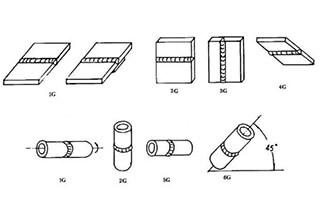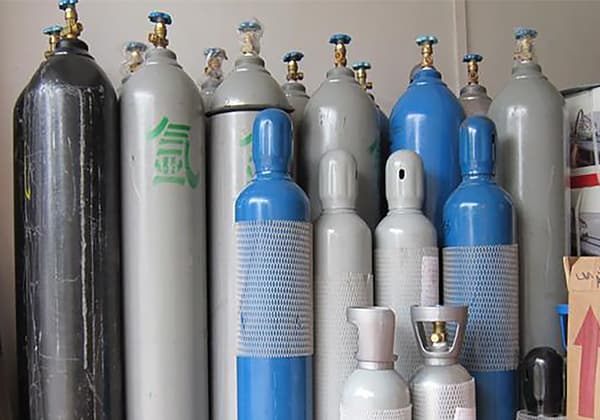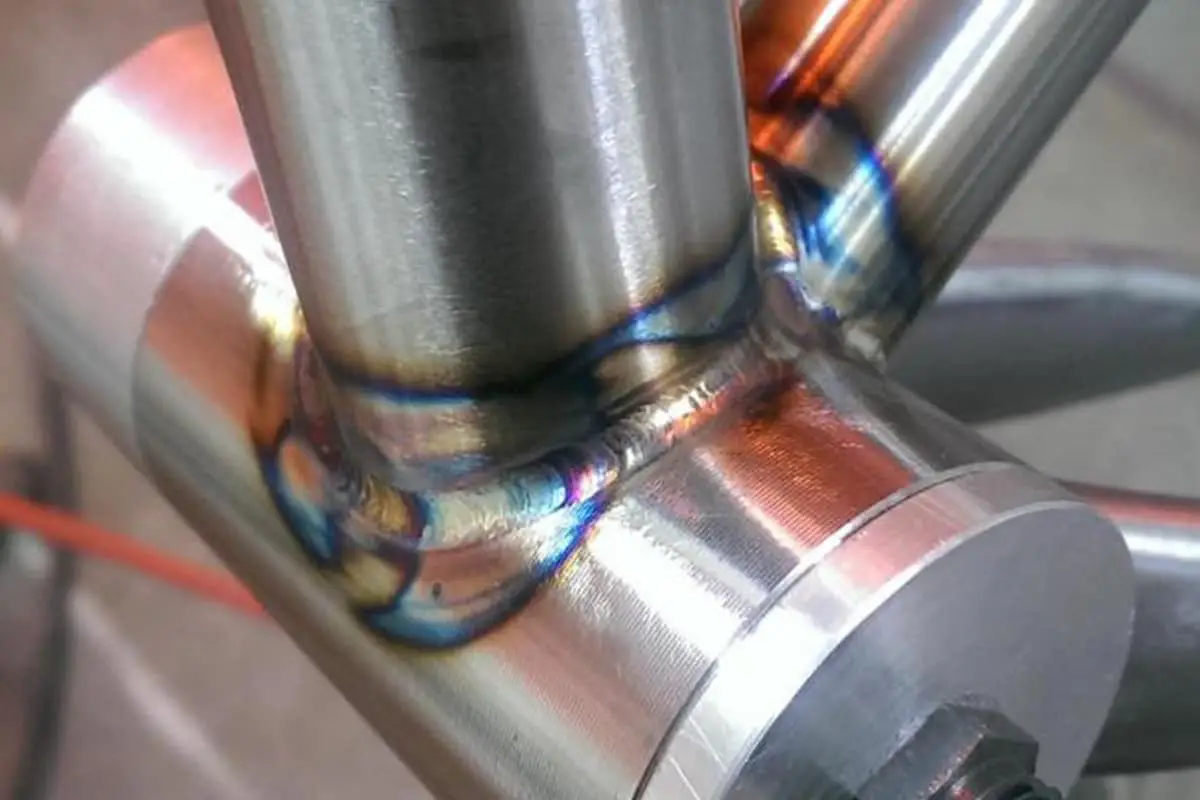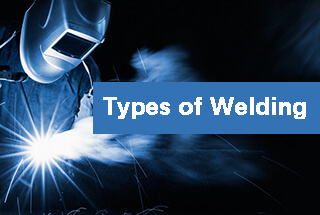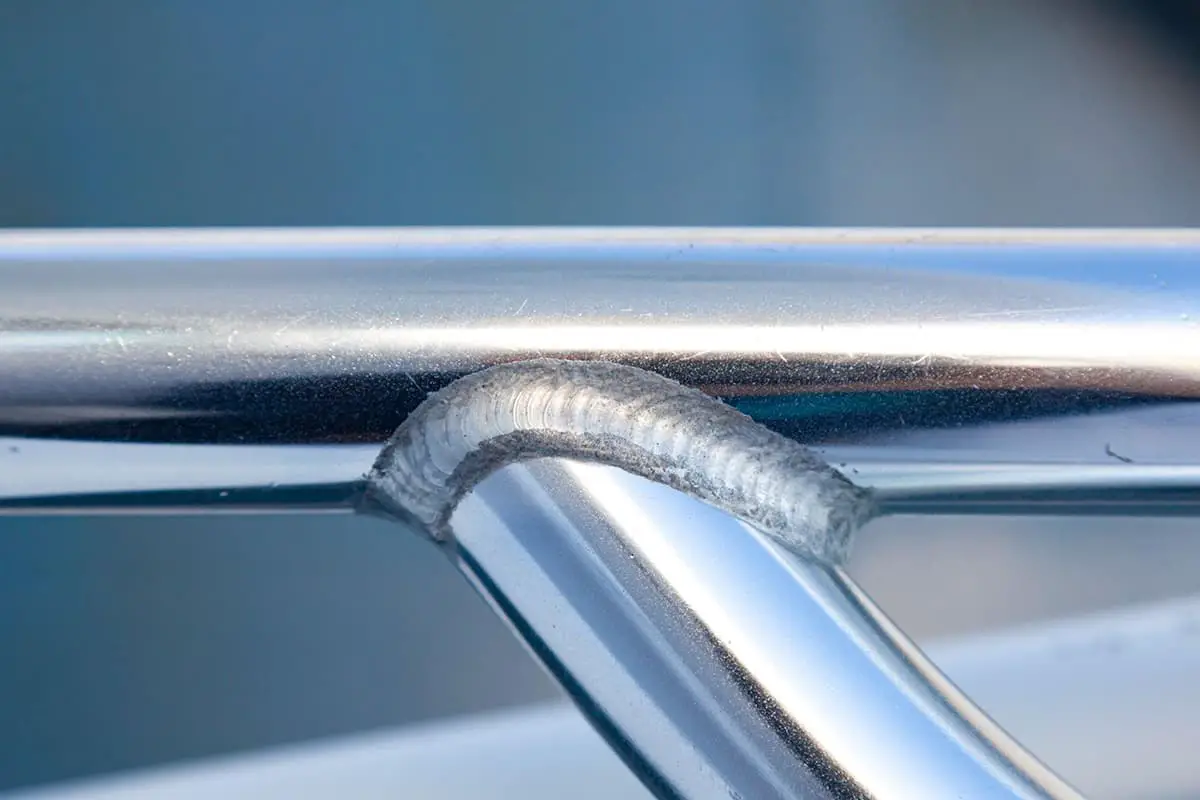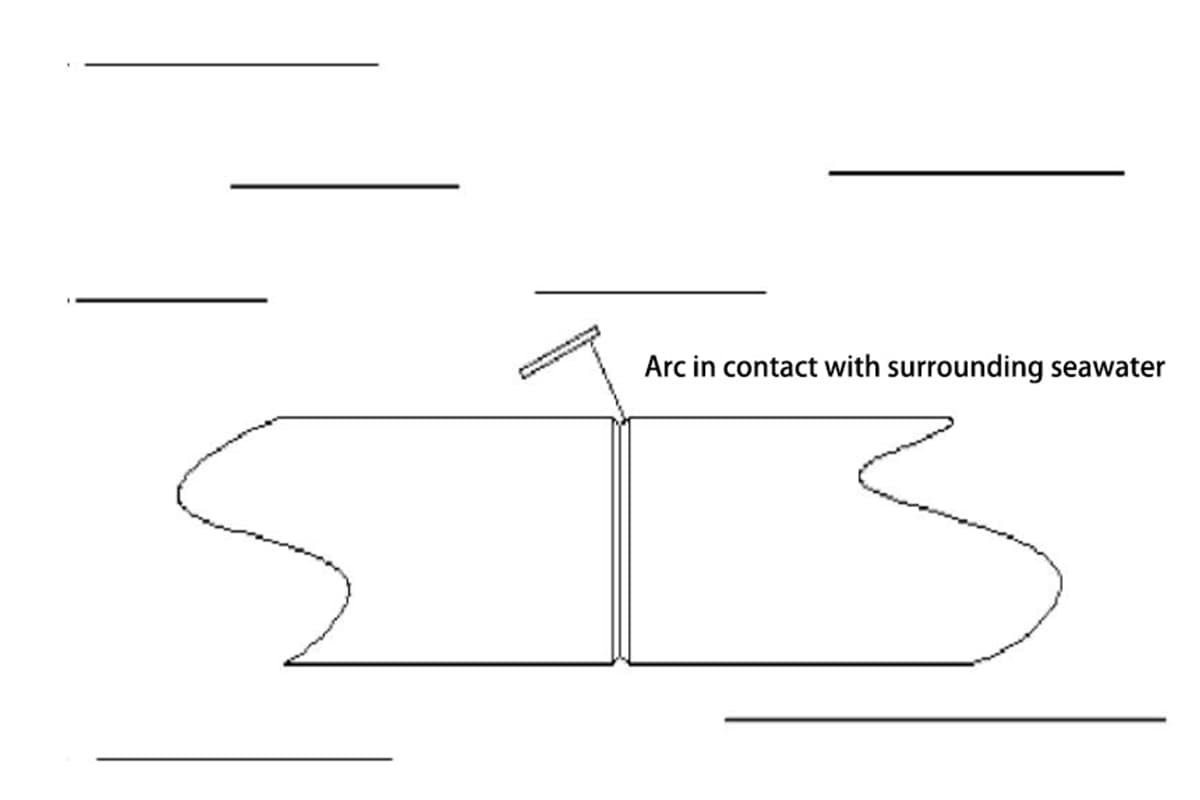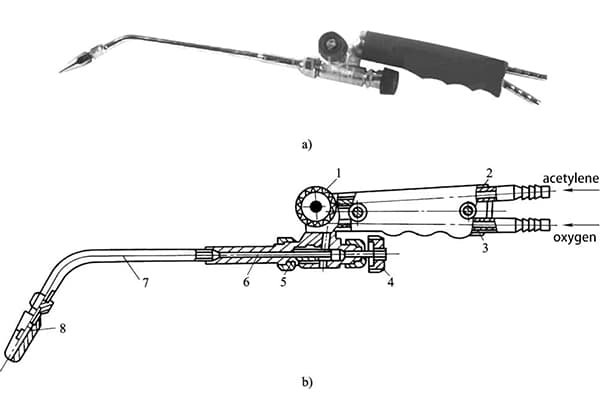
Have you ever wondered how to distinguish acidic from alkaline electrodes in welding? Understanding the differences is crucial for achieving the best weld quality. This article explores the key characteristics of each type, including their composition, performance, and suitable applications. By the end, you’ll know how to identify these electrodes and choose the right one for your welding needs.
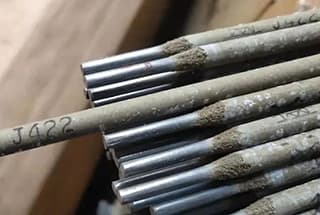
Welding Electrodes
The two most prevalent electrode types in welding applications are J422 and J507. J422 is classified as an acidic electrode, while J507 is an alkaline electrode. This classification is based on the chemical composition of the flux coating and the resulting slag produced during the welding process.
Welding electrodes can be broadly categorized into acidic and basic (alkaline) types, determined by the pH of the slag formed after welding. This distinction is crucial as it affects the electrode’s performance characteristics, including:
Acidic electrodes, like J422, generally offer:
Basic electrodes, such as J507, typically provide:
The choice between acidic and basic electrodes depends on factors such as base material composition, welding position, and specific application requirements. Understanding these electrode types is essential for achieving optimal weld quality and performance in various industrial applications.
Related reading: How to Choose the Right Welding Rod?
The welding rod grade can reveal whether the welding rod is being used with a DC welding machine or an AC welding machine. Additionally, the welding rod grade can also indicate whether the welding rod is acidic or alkaline.
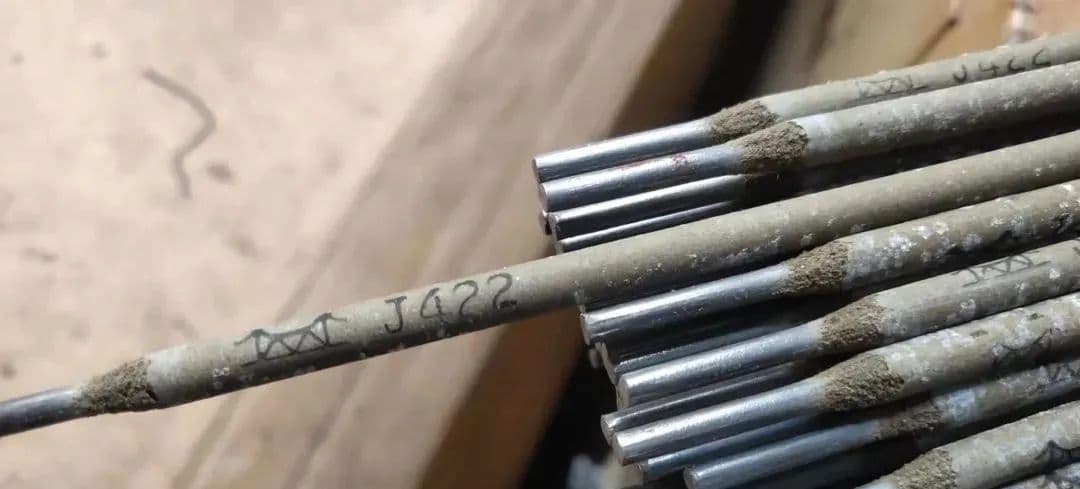
The J422 series of welding rods includes J421, J422, J423, J424, J425, J426, and J427. The J507 series of welding rods includes J501, J502, J503, J504, J505, J506, and J507. These are all part of the carbon steel series of welding rods.
To understand the specific meaning of a welding rod grade, look at the last digit of the grade. The last digit indicates the specific meaning.
| Last digit of welding rod grade | Coating type | Current type |
| 0 | The type of coating is not specified | Applicable current type is not specified |
| 1 | Titanium oxide coating | AC, DC |
| 2 | Titanium calcium coating | AC, DC |
| 3 | Ilmenite type coating | AC, DC |
| 4 | Iron oxide type coating | AC, DC |
| 5 | High cellulose coating | AC, DC |
| 6 | Low hydrogen potassium type drug skin | AC, DC |
| 7 | Low sodium hydrogen type drug skin | ADC |
| 8 | Graphite coating | AC, DC |
| 9 | Base coating | DC |
The third digit of the grade also indicates the type of coating on the electrode. Electrodes with a high amount of acidic oxides (such as TiO2 and SiO2) in their coating are referred to as acidic electrodes.
This includes electrodes with titanium oxide type coating, titanium calcium type coating, ilmenite type coating, iron oxide type coating, and high cellulose type coating. These are acidic electrodes, indicated by third digit numbers 1, 2, 3, 4, and 5. They can be used with both AC and DC welding machines.
Acidic electrodes offer good welding process performance, with a stable arc and minimal spatter, as well as good slag fluidity and easy deslagging, leading to a beautiful weld appearance.
However, due to the high presence of silicate, iron oxide, titanium oxide, etc. in the coating, oxidation is strong, but the mechanical properties of the weld, particularly its impact toughness, are poor. It is therefore best suited for welding general low carbon steel and low alloy structural steel with low strength. It is the most commonly used type of electrode.
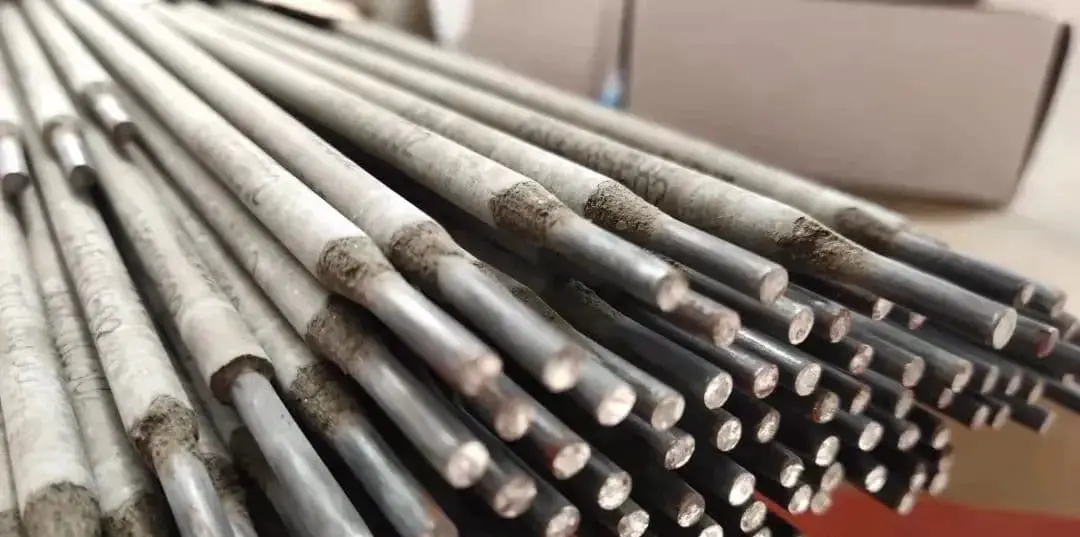
Alkaline electrodes have a high amount of alkaline oxides (such as CaO and Na2O) in their coating. They rely on the decomposition of CO2 from carbonates (such as CaCO3 in marble) as the protective gas, and the combination of CaF2 in fluorite with H to synthesize hydrogen fluoride (HF) at high temperatures, which reduces the hydrogen content in the weld. Thus, alkaline electrodes are also known as low hydrogen electrodes.

The electrodes with low hydrogen potassium (J506) and low hydrogen sodium (J507) coatings are classified as alkaline electrodes and are rated as 5 and 6 in terms of electrode quality.
The J506 coating contains an arc stabilizer, which makes it easier to start an arc and maintain a stable arc during welding. This allows the J506 electrode to be used for both AC and DC welding, whereas the J507 electrode can only be used for DC welding with reverse polarity.
The coating components of acid electrodes possess strong oxidizing properties, whereas those of alkaline electrodes exhibit weak oxidizing characteristics.
Acid electrodes demonstrate resistance to porosity caused by moisture and rust. They require pre-use baking at 75-150°C for 1 hour. Conversely, alkaline electrodes are susceptible to moisture and rust-induced porosity, necessitating pre-use baking at 350-400°C for 1-2 hours.
Acid electrodes generate a stable arc and are suitable for both AC and DC welding. Alkaline electrodes, containing arc-destabilizing fluorides in their coating, are primarily used with DC. AC/DC compatibility for alkaline electrodes is achievable only with the addition of arc stabilizers to the coating.
Acid electrodes operate at higher welding currents, while alkaline electrodes require approximately 10% lower current for the same electrode specifications.
Optimal welding technique differs: acid electrodes perform best with a long arc, while alkaline electrodes require a short arc to mitigate porosity formation.
Alloying element transfer efficiency is superior in alkaline electrodes compared to acid electrodes.
Weld bead characteristics vary: acid electrodes produce well-formed beads with shallow penetration, while alkaline electrodes yield good bead formation, facilitate build-up, and achieve slightly deeper penetration.
Slag structure differs significantly: acid electrodes produce glassy slag, whereas alkaline electrodes generate crystalline slag.
Slag removal is generally easier for acid electrode welds. For alkaline electrode welds, the first layer in grooves presents challenges, but subsequent layers are easily removed.
Impact toughness at ambient and low temperatures is generally superior in alkaline electrode welds compared to acid electrode welds.
Alkaline electrodes exhibit better crack resistance than acid electrodes.
Weld hydrogen content is higher in acid electrode welds, potentially leading to “fisheyes” and reduced ductility. Alkaline electrode welds contain lower hydrogen levels.
Acid electrode welding generates less fume and particulate matter compared to alkaline electrode welding.
Comparison table of differences between acid electrode and alkaline electrode
| Category | Acid electrode | Alkaline electrode |
| Typical grade | Exx03 | Exx15 |
| type | Titanium calcium type | Low hydrogen type |
| Power Supply | AC / DC dual purpose | DC reverse connection |
| electric arc | Good stability | Poor stability |
| slag | Good liquidity | Good liquidity |
| Deslagging | easily | Poor |
| spatter | less | more |
| Appearance molding | good | rough |
| Weld bead | Moderate penetration | High weld bead |
| Toxic gas | less | many |
| Impurity sensitivity | low | high |
| Groove cleaning requirements | low | high |
| stoma | less | Easy to produce |
| Hydrogen content | More | less |
| Oxide inclusion | many | less |
| desulphurizing ability | difference | strong |
| Mechanical properties of metals | Poor | good |
| Crack resistance | Poor | good |
| Slag state during welding | A layer of black-and-white mucus that is about 2-3mm higher than the molten iron | A layer of dark red mucus with a thickness of about 1mm, which is not too churning, and soon solidifies |
| Molten iron state during welding | Constantly fluctuating | Relatively calm |
| Best state | Make the molten slag cover about 2/3 of the molten pool | Make the molten slag cover the molten pool about 2/5 |
| Welding status description | The fluctuation indicates that the gas in molten iron can be fully discharged | Not calm means that the welding rod is not dry or there is too much dirt on the surface or the arc is too long |
| Transitional form | Large drop transition or short-circuit transition | Fine particle transition |

